Maintenance Tips for Healthy and Vibrant Palm Tree Landscapes
Palm trees are iconic symbols of tropical beauty, adding a touch of paradise to any landscape. With their graceful fronds and towering heights, these majestic trees can transform a backyard into a lush oasis. However, maintaining palm trees to ensure they remain healthy and vibrant requires some effort and attention to detail. In this guide, we’ll explore essential maintenance tips to help you keep your palm tree landscape looking its best.

Regular Watering
Palm trees thrive in moist soil but are also tolerant of drought conditions once established. However, consistent watering is essential, especially during dry spells or hot weather. Aim to water your palm trees deeply and infrequently, allowing the soil to dry out slightly between watering sessions to prevent root rot. A drip irrigation system or soaker hose can help deliver water directly to the tree’s root zone.
Fertilization
Providing your palm trees with the proper nutrients is crucial for their overall health and vigor. Use a balanced palm fertilizer formulated specifically for these trees, and apply it according to the manufacturer’s instructions. Typically, fertilizing two to three times per year during the growing season is sufficient. Avoid applying fertilizer directly to the trunk of the tree, as this can cause damage.
Pruning Dead or Damaged Fronds
Regular pruning is essential for removing dead, dying, or damaged fronds from your palm trees. These fronds not only detract from the tree’s appearance but can also harbor pests or diseases. Use sharp, sterile pruning tools to make clean cuts, and avoid cutting too close to the trunk, as this can leave the tree vulnerable to infection. Additionally, removing old fronds can prevent them from becoming projectiles during storms, reducing the risk of property damage.
Protecting Against Pests and Diseases
While palm trees are relatively resistant to pests and diseases, they can still fall victim to certain problems. Keep an eye out for signs of insect infestations, such as discolored or distorted fronds, and treat them promptly with insecticidal soap or horticultural oil. Additionally, be on the lookout for fungal infections, such as bud rot or lethal yellowing, and take steps to prevent their spread, such as improving drainage and avoiding overwatering.
Mulching
Applying a layer of organic mulch around the base of your palm trees can help retain moisture, regulate soil temperature, and suppress weeds. Use mulch materials such as wood chips, shredded bark, or compost, and spread them evenly around the tree, being careful not to pile the mulch against the trunk. Mulching also adds organic matter to the soil as it breaks down, improving its overall health and fertility.
Supporting Growth
In windy areas or for tall palm species, providing support for the trunk can help prevent toppling or damage during storms. Use stakes or guy wires to anchor the tree securely to the ground, taking care not to constrict the trunk or inhibit growth. Regularly check the supports to ensure they remain secure and adjust them as needed as the tree grows.
Monitoring Soil pH and Drainage
Palm trees prefer slightly acidic to neutral soil with good drainage. Periodically test the soil pH and amend it as necessary with lime or sulfur to maintain the optimal range. Improving soil drainage can also be achieved by incorporating organic matter into the soil or installing raised beds, especially in areas prone to waterlogging.
Protecting Against Cold Weather
While palm trees are typically associated with warm climates, some species are surprisingly cold-hardy. However, sudden drops in temperature or prolonged frosts can damage or kill palm trees. Protect sensitive species by covering them with frost cloth or wrapping them with burlap during cold snaps, and avoid planting them in low-lying or frost-prone areas.
By following these maintenance tips, you can ensure that your palm tree landscape remains healthy, vibrant, and visually stunning year-round. With proper care and attention, your palm trees will continue to thrive and bring a touch of tropical paradise to your outdoor space for years to come.

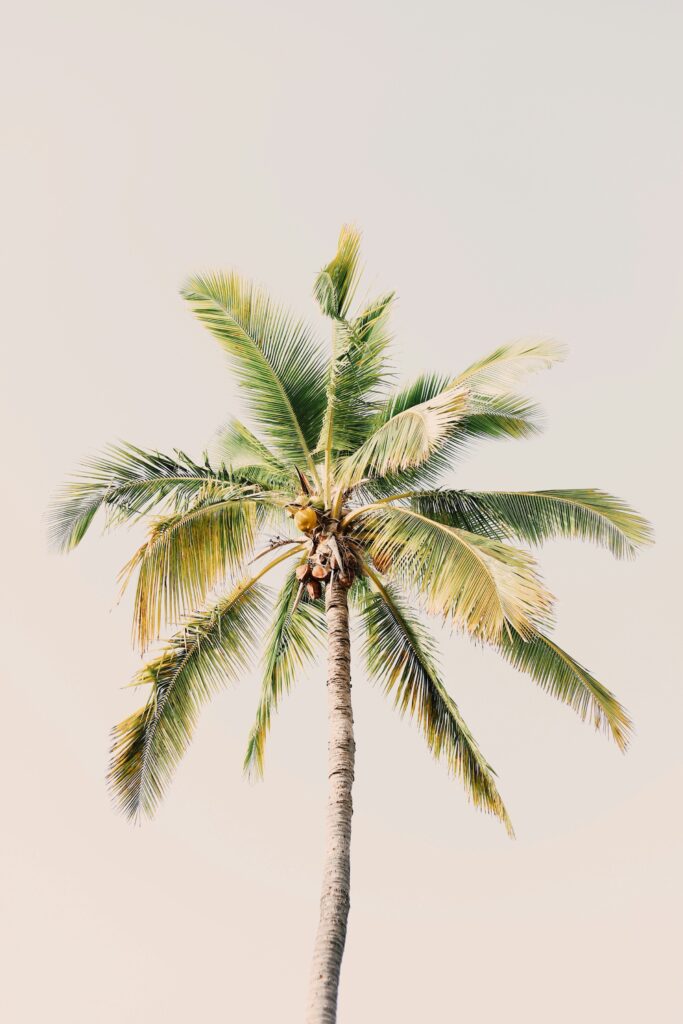
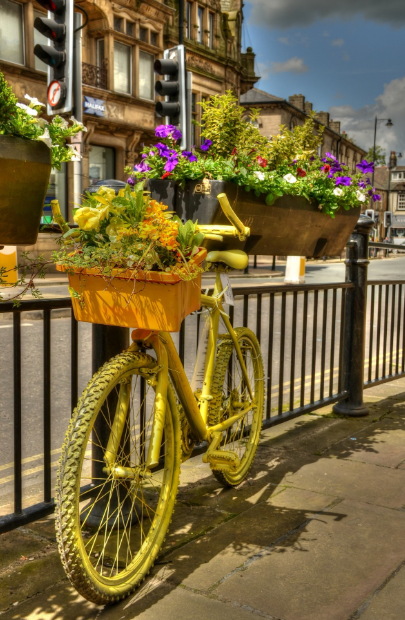
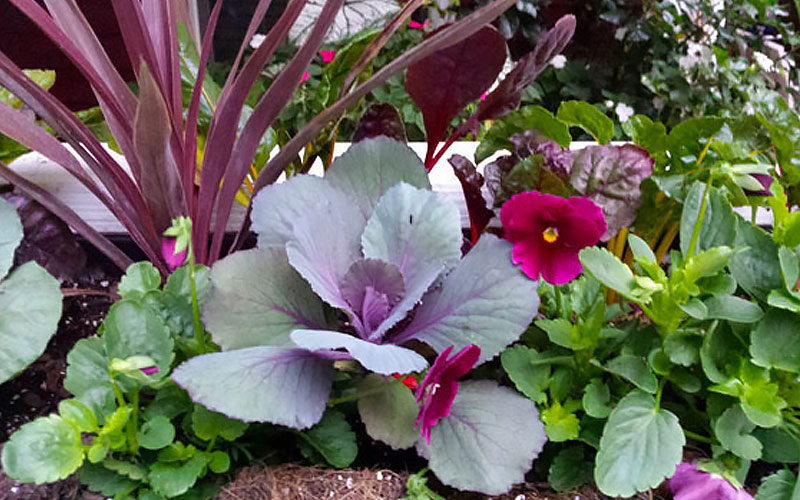
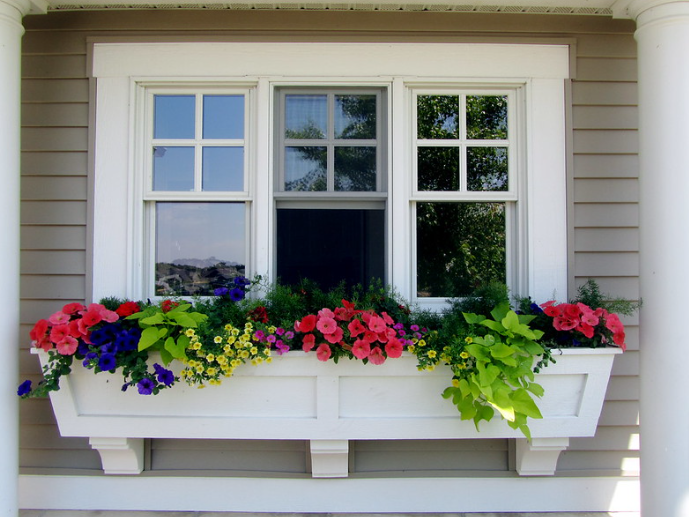
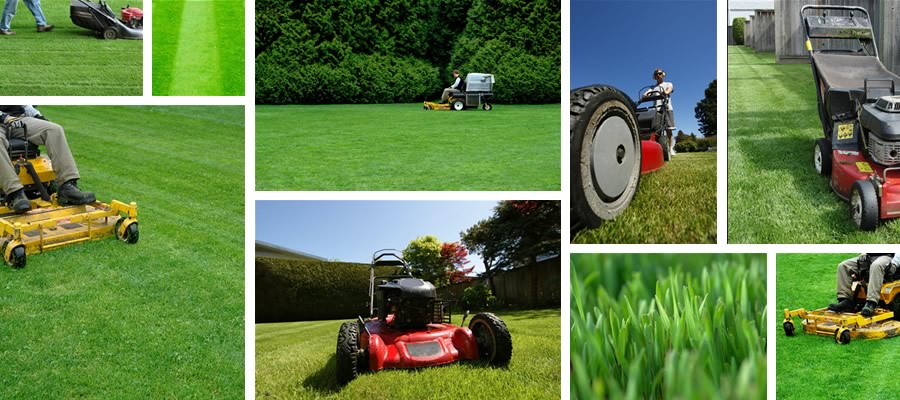
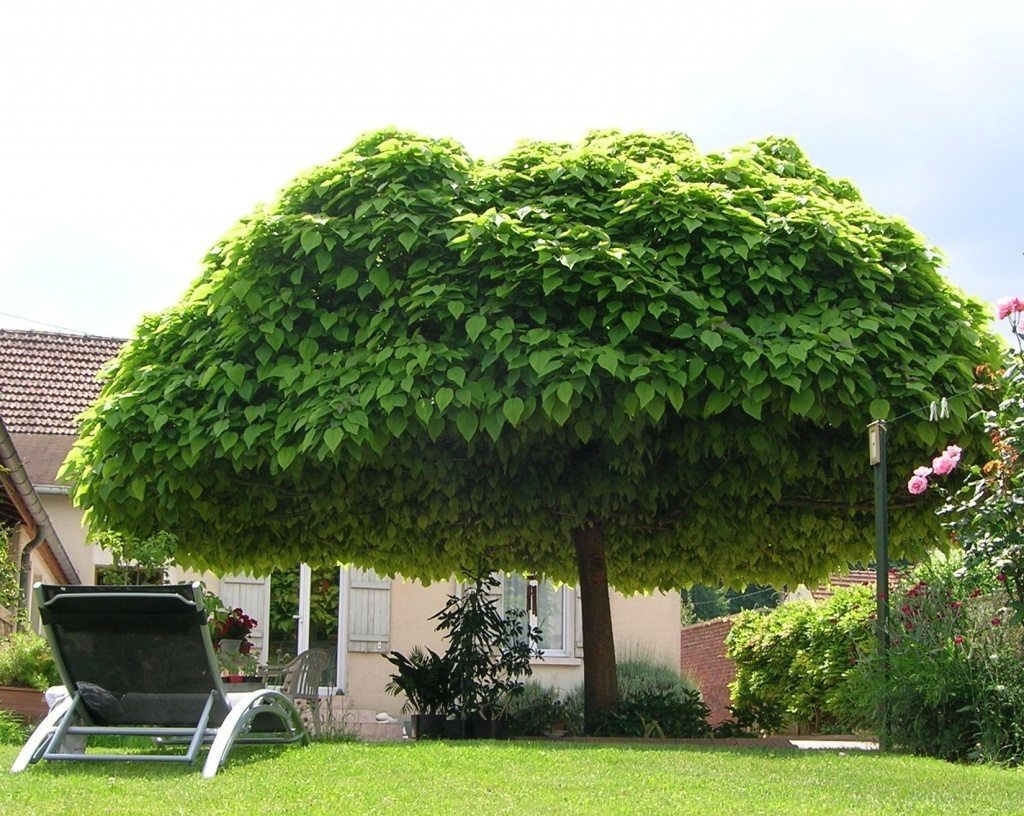 One of the biggest challenges in shade tree landscaping is choosing the right shade tree for your location. Shade tree landscaping is an essential part of any well landscaped area. Choosing the right shade tree, though, for that perfect shade tree landscaping project. You want a tree that offers you shade, obviously, but you also want a tree that gives you a focal point for your area. There are four things you should think about when you get ready to start your shade tree landscaping project. Consider the size of the tree. You should also think about the shape of the tree. Moreover, don’t forget to include the site of the tree and the seasonal interest of the tree in your thoughts.
One of the biggest challenges in shade tree landscaping is choosing the right shade tree for your location. Shade tree landscaping is an essential part of any well landscaped area. Choosing the right shade tree, though, for that perfect shade tree landscaping project. You want a tree that offers you shade, obviously, but you also want a tree that gives you a focal point for your area. There are four things you should think about when you get ready to start your shade tree landscaping project. Consider the size of the tree. You should also think about the shape of the tree. Moreover, don’t forget to include the site of the tree and the seasonal interest of the tree in your thoughts.